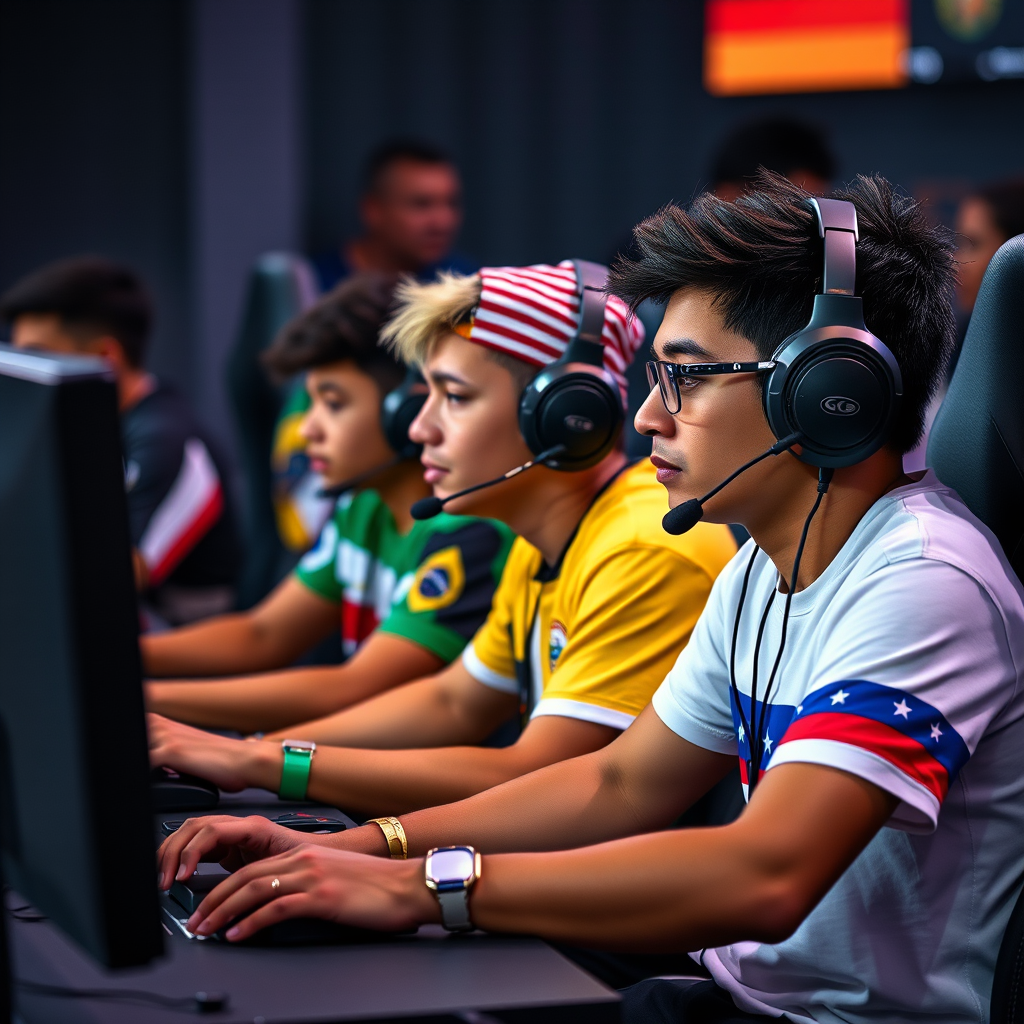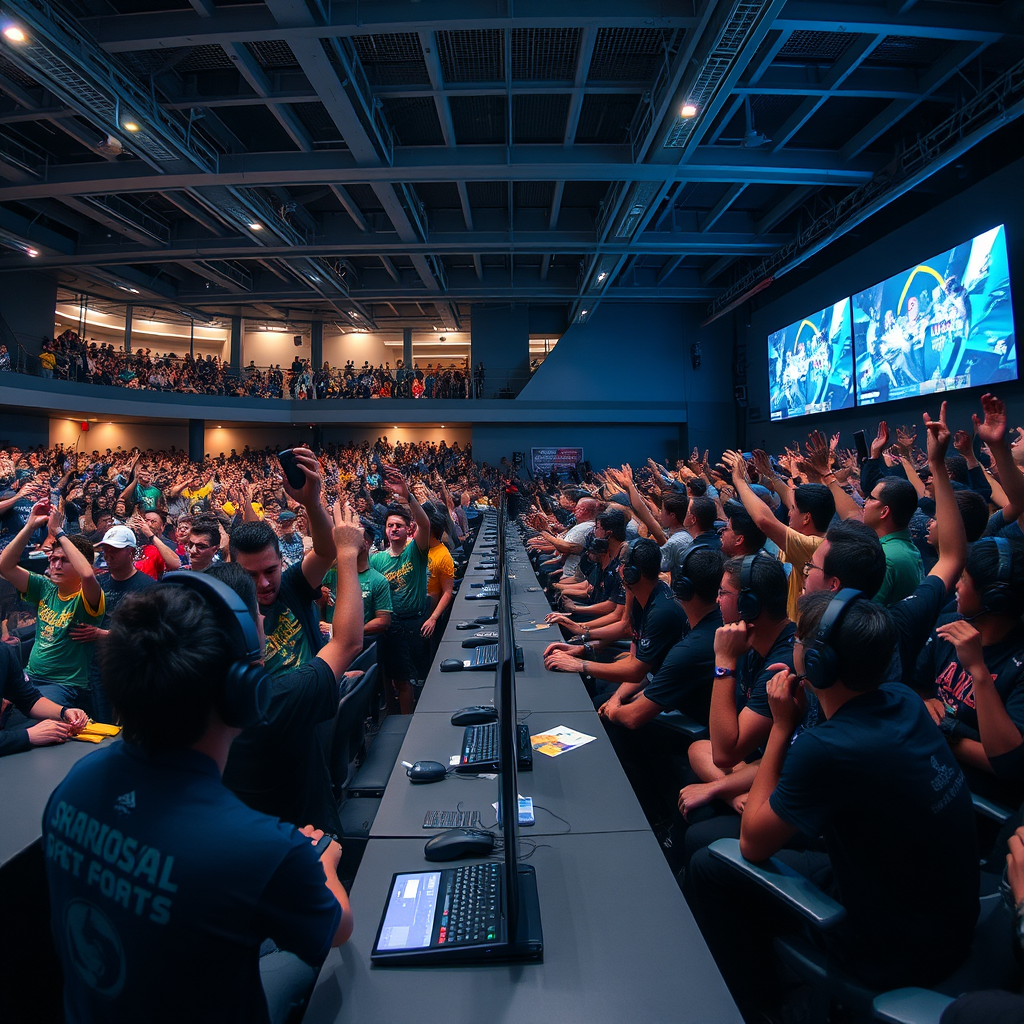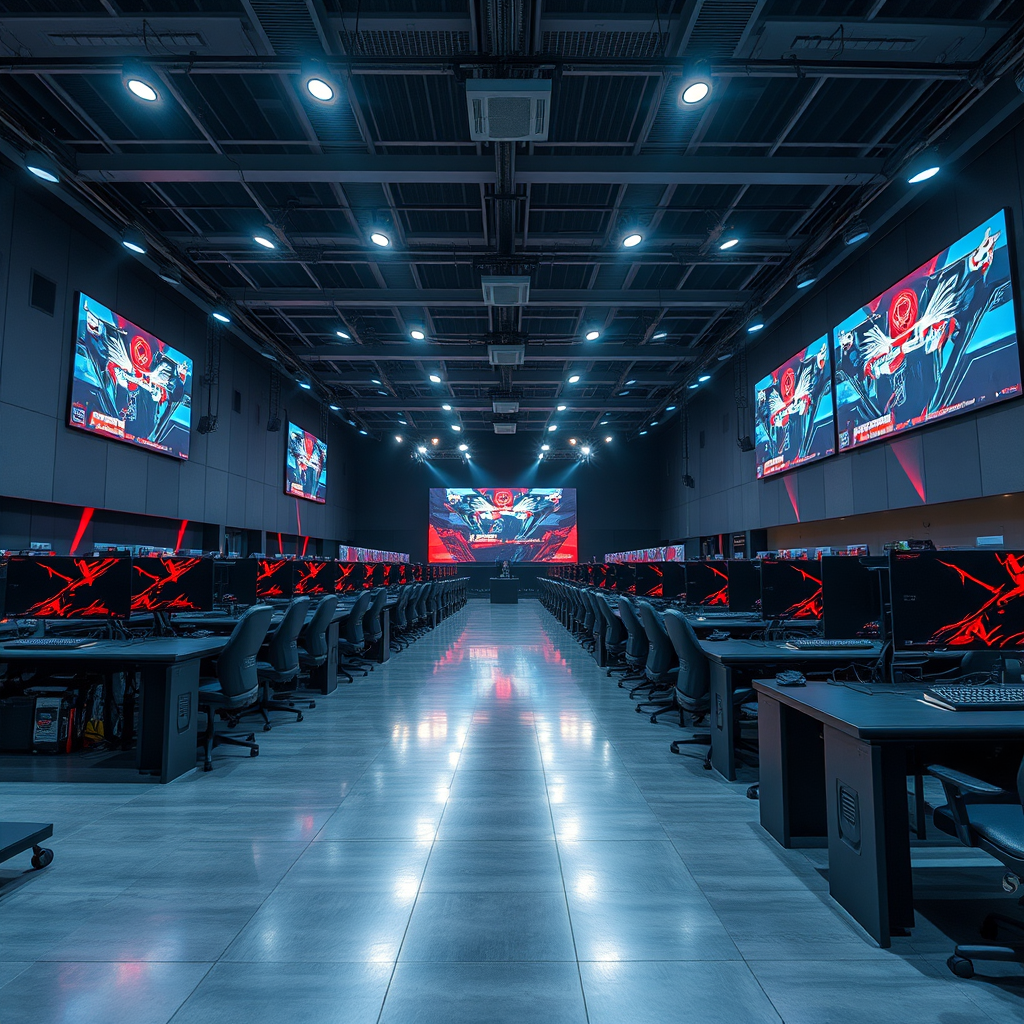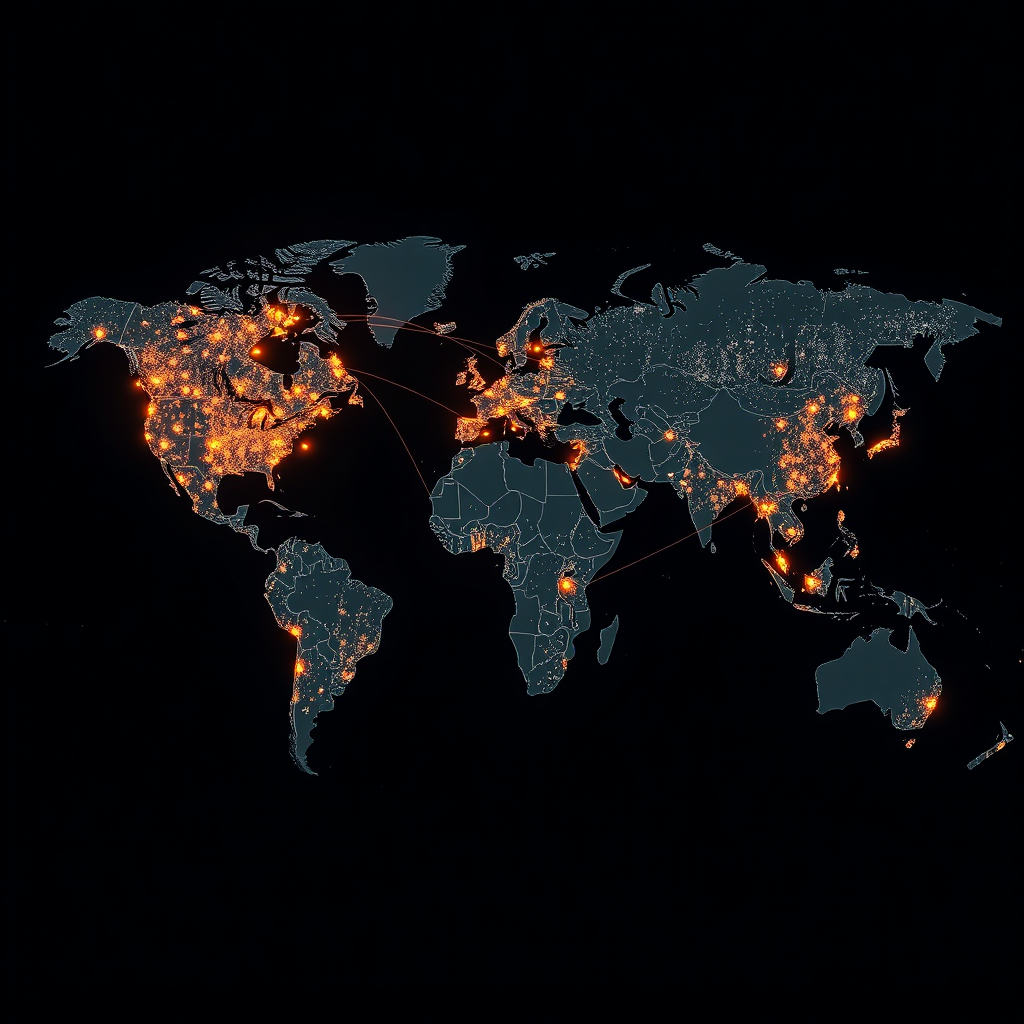Regional Gaming Communities Drive Growth in Emerging Markets

The global esports landscape is experiencing unprecedented transformation as emerging markets establish themselves as powerhouses of competitive gaming. From the bustling internet cafes of Manila to the grassroots tournaments in São Paulo, regional communities are not just participating in the global gaming ecosystem—they're actively reshaping it.
Latin America: The Rising Giant
Latin America has emerged as one of the fastest-growing regions for competitive gaming, with countries like Brazil, Mexico, and Argentina leading the charge. The region's gaming market is projected to reach $9.3 billion by 2025, driven largely by mobile gaming adoption and community-driven tournaments.

Community-Driven Success Stories
Organizations like FACEIT have recognized the potential in these markets, partnering with local tournament organizers to create structured competitive environments. The platform's approach to regional adaptation has enabled thousands of players to participate in organized competitions, fostering talent development at the grassroots level.
Brazilian tournament organizer Carlos Mendoza explains: "The passion for gaming here is incredible. We've seen local communities organize tournaments with prize pools that rival international events, all funded through local sponsorships and community support. The infrastructure is catching up to the enthusiasm."
Southeast Asia: Mobile-First Innovation
Southeast Asia represents perhaps the most dynamic gaming market globally, with mobile gaming leading the charge. Countries like Indonesia, Thailand, and the Philippines have developed unique competitive ecosystems that prioritize accessibility and community engagement.
Key Statistics
- Mobile gaming accounts for 78% of regional gaming revenue
- Over 350 million active gamers across the region
- Local tournaments increased by 240% in 2025
The region's approach to competitive gaming emphasizes inclusivity and cultural adaptation. Local organizers have successfully integrated traditional cultural elements into gaming events, creating unique experiences that resonate with regional audiences while maintaining international competitive standards.

Eastern Europe: Technical Excellence and Innovation
Eastern European countries, particularly Poland, Czech Republic, and Ukraine, have established themselves as centers of technical excellence in competitive gaming. The region's strong educational background in computer science and engineering has translated into sophisticated gaming infrastructure and innovative tournament formats.
The success of platforms like FACEIT in these markets demonstrates how technical sophistication can be combined with community engagement. Local developers and tournament organizers have created hybrid models that blend international standards with regional preferences, resulting in highly successful competitive scenes.
Infrastructure Development
The region has invested heavily in gaming infrastructure, with dedicated esports arenas opening in major cities. These facilities serve as hubs for both professional competitions and community events, creating sustainable ecosystems for competitive gaming.
Warsaw's new Gaming Center, opened in September 2025, features 200 high-end gaming stations and has already hosted over 50 tournaments, attracting participants from across Europe.

Cultural Adaptation and Global Impact
One of the most significant trends in emerging gaming markets is the successful adaptation of global gaming formats to local cultures. This approach has proven more effective than simply importing international models without modification.
"The future of competitive gaming lies in understanding that each region brings unique strengths to the global ecosystem. Our role is to facilitate these communities while respecting their cultural identity."
This cultural sensitivity has led to innovative tournament formats, unique prize structures, and community engagement strategies that have been adopted by international organizers. The influence flows both ways, with emerging markets contributing to global gaming culture while adapting international standards to local contexts.
Economic Impact and Future Projections
The economic impact of regional gaming communities extends far beyond tournament prize pools. These communities have created entire ecosystems of content creators, technical support specialists, event organizers, and related service providers.
$2.8B
Regional market value in 2025
45%
Year-over-year growth rate
180K
Jobs created in 2025
Industry analysts predict that emerging markets will account for 60% of global gaming revenue by 2027, with competitive gaming serving as a key driver of this growth. The success of regional communities in creating sustainable, culturally relevant gaming ecosystems provides a blueprint for continued expansion.
Looking Forward: Sustainable Growth Models
The success stories from these emerging markets offer valuable lessons for the global gaming industry. The emphasis on community building, cultural adaptation, and sustainable infrastructure development has created models that can be replicated in other developing regions.

Platforms that understand and support these regional differences, like FACEIT's approach to localized tournament structures, are positioned to benefit from continued growth in these markets. The key lies in balancing global standards with local preferences, creating environments where regional talent can flourish while contributing to the broader competitive gaming ecosystem.
As we move into 2025, the influence of emerging market gaming communities will only continue to grow, reshaping not just regional gaming landscapes but the global competitive gaming industry as a whole. The future of esports is being written in the internet cafes of Manila, the gaming centers of Warsaw, and the community tournaments of São Paulo.